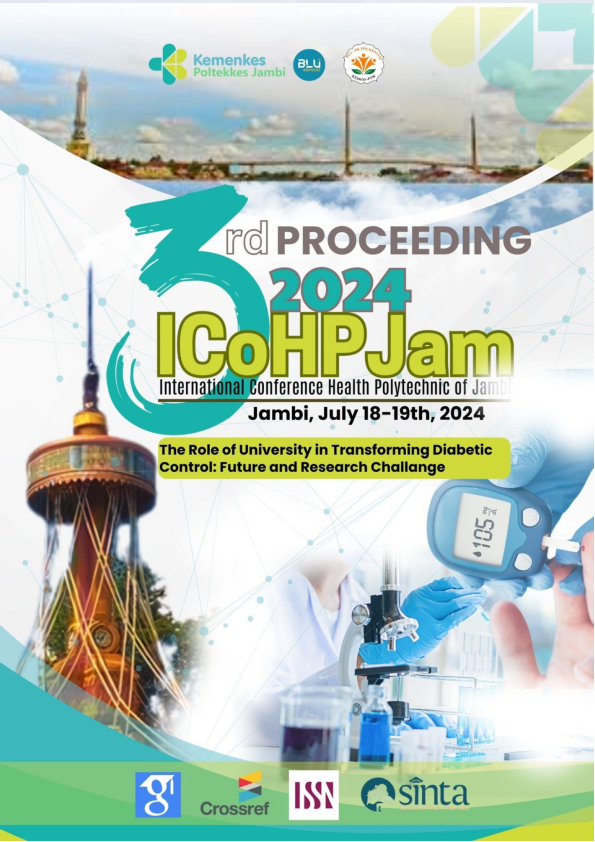Phytochemical Screening and Antioxidant Testing of Arabica Coffee Pulp Extract (Coffea Arabica L) Kerinci Jambi
Abstract
Background: Coffee husks are currently waste that has high economic value. Currently, coffee workers are still wasted by the community because they are considered waste that must be thrown away. In fact, coffee skin has many uses because of the nutritious compounds it contains. Apart from being a fertilizer, it can also be used as an ingredient in cosmetics. Arabica coffee skin is rich in secondary metabolites as nutritious compounds. one of them is antioxidant activity which can reduce many diseases associated with it. This research aims to determine the phytochemical content and antioxidant
activity of Arabica coffee skin from farmers in the Kerinci area, Jambi Province.
Method: Skin Coffee Powder is extracted by maceration for 5 days with ethanol. The extract obtained was then used as material for secondary metabolite tests and antioxidant activity tests. The DPPH test was used to determine antioxidant activity, while the standard Harborne method was used for phytochemical analysis
Result: The results showed that Arabica coffee skin provided the highest antioxidant activity, namely 57.04%, but the IC50 was lower, namely 100.20 ppm.
Conclusion: Phytochemical research reveals that the bioactive properties of Kerinci Arabica coffee skin consist of alkaloids, flavonoids, terpenoids, saponins and tannins.



